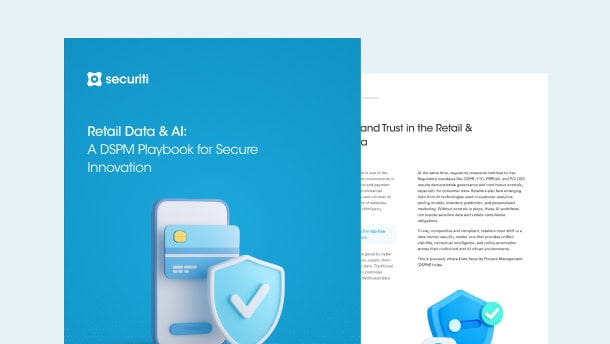Ensure Cloud Security
With cloud computing becoming an increasingly important aspect of the modern Internet, entities need to have the relevant capabilities in place to ensure the cloud fabric is robust enough to deal with any potential threats as well as flexible enough to accommodate the model security architectures that need to be implemented as a result of the endpoint and other security related requirements.
Most entities involved in the World Cup will be using the Infrastructure-as-a-Service (IaaS) model to leverage the cloud capabilities as well as the virtual computing resources such as memory and storage allocation. The infrastructure cloud service model must complete a data classification exercise, contract a cloud service provider and sign NDAs and SLA, agree on roles, responsibilities, and processes and finally test a DRP to accommodate where cloud-based services are not available.
How Can Securiti Help
Users are now more educated and aware of their digital rights. Owing to a plethora of regulations passed globally, organizations now have an obligation to provide adequate protection to their users online via a secure infrastructure and data privacy practices that ensure their data is adequately protected at all times.
However, that is easier said than done, owing to the sheer volume of data involved. This problem is further exacerbated when it comes to mega events such as the FIFA World Cup about to be held in Qatar in 2022. Users from across the world will be in Qatar for more than a month, requiring organizations to radically overhaul and transform their cybersecurity and data privacy infrastructure and capabilities.
Attempts to approach this challenge via the traditional methods will not only fail but leave organizations ruinously unprepared to meet their obligations towards their users. Naturally, organizations must consider radical solutions that promise more effective and efficient results.
This is where Securiti can help.
Securiti is a pioneer and market leader in providing enterprise solutions in data governance and compliance. Its slew of privacy-centric products ranges from third-party vendor risk assessment and data mapping to DSR automation and universal consent. Securiti can aid your compliance efforts regarding the Cybersecurity Framework.
Most importantly, Securiti can offer your organization access to its state-of-the-art Sensitive Data Intelligence (SDI) resource to help you secure and regulate all your collected data on both cloud and on-premises systems.
From discovering and cataloging all your sensitive and dark data across your storage to creating People Data Graphs that help you gain real-time insights into your obligations towards users at the individual level, SDI can significantly alleviate your data protection and privacy concerns.
Request a demo today to see how else Securiti can help you address your data obligations per the Cybersecurity Framework.


















































